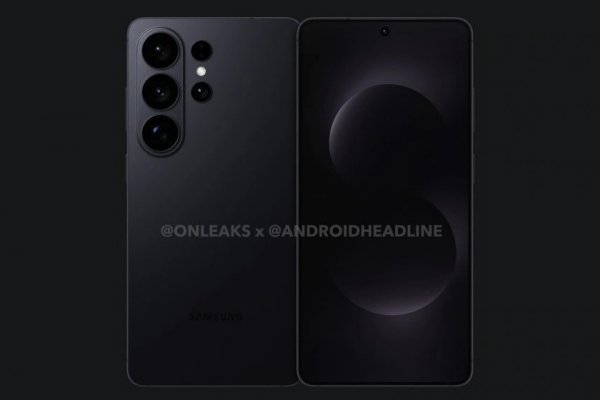
Newer is better – until it isn’t. Many are not convinced that the latest OnePlus 15 is better than the phone it replaces. And that’s not the only recent case in the industry either.
The OnePlus 15 can be had for £880 from Amazon UK for a 16/512GB unit. The retailer lists it as on pre-order, which is probably a mistake – OnePlus UK is already selling it. And we do recommend going for the 16/512GB unit since it is only £30 more than the 12/256GB model. More RAM and double the storage for £30 seem like a no-brainer.

OnePlus 15
Содержание статьи:
£100 off 512GB model
Read our review 12/256GB – £850 at Amazon UK 16/512GB – £880 at Amazon UK
However, the question of OnePlus 15 versus the OnePlus 13 is a more complicated one. Check out our review of the new model – the Snapdragon 8 Elite Gen 5 is impressive and the 7,300mAh battery is outstanding. It is currently the top performer on our battery chart with a score of 23:07h, easily outlasting its predecessor (which is no slouch at 15:28h). The smaller battery capacity allows the old model to charge faster, though. In 15 minutes it got to 55% compared to 44% and a full charge took 35 minutes instead of 41 minutes.

OnePlus 13
£310 off
Read our review 16/512GB – £690 at Amazon UK
We may do a more detailed head-to-head comparison down the line, but we already tested out the cameras – here’s the OnePlus 15 vs. OnePlus 13 shootout. The result is… inconclusive. The 13 produced better images (especially with some tweaking), but we liked the out-of-the-box processing on the 15 better.
This discussion isn’t happening in a vacuum, however. While the £100 discount on the 512GB OnePlus 15 is nice (especially for a brand new phone), the OnePlus 13 is £190 cheaper for the same RAM and storage.
People had high hopes for Google’s transition to TSMC with the Tensor G5. However, the result was less than stellar – it’s faster than the G4, sure, but not by all that much. And the Snapdragon 8 Elite and Dimensity 9400 are significantly more powerful.

Google Pixel 10 Pro
£150 off
free case
Read our review 16/128GB – £900 at Amazon UK 16/256GB – £1,000 at Amazon UK 16/512GB – £1,120 at Amazon UK
Google prioritizes user experience over benchmark numbers and the Pixels do feel smooth. But battery life is a big part of user experience and the Pixel 10 Pro only managed 12:06h Active use score in our test, down from the 13:11h result for the 9 Pro. And this is despite a slightly larger battery (4,870mAh vs. 4,700mAh). Charging speed is effectively equal on both phones, though we have to admit that having proper magnetic Qi2 charging on the 10 Pro is nice.

Google Pixel 9 Pro
£250 off
Read our review 16/128GB – £650 at Amazon UK 16/256GB – £750 at Amazon UK 16/512GB – £870 at Amazon UK
One more thing we have to mention – the base 128GB models use UFS 3.1 storage. For that reason – and also because 128GB just isn’t enough – we recommend getting at least 256GB (which uses UFS 4.0 chips). But do you go for the Pixel 9 Pro or the 10 Pro? We’ll let you decide, but we can’t help but nod in the direction of the £250 price difference between these two.
We may get a commission from qualifying sales.






